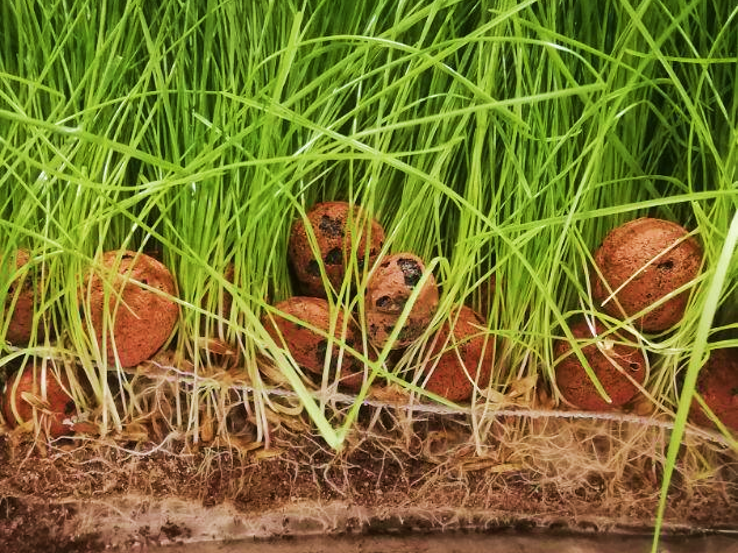Roots bring large amounts of carbon into the soil and become soil organic matter. At the same time, they increase microbial activity and soil organic matter can also be degraded and lost due to microbial activation. The objective of this study was to investigate the effects of root inputs to soil on carbon and associated net changes in topsoil and subsoil carbon pools. We used a 20-year chronosequence of deeply inverted grassland soils in New Zealand as a model system to understand the effects of roots in new topsoil (after inversion) and in subsoil with increased carbon contents (buried topsoil). Using fresh and isotopically labeled roots, we tracked the source of respired carbon and soil carbon fractions in a six-month incubation experiment. Our result: fresh roots stimulated microbial decomposition of the existing humus (priming-effect). However, this effect was only temporary and decreased over the years and would disappear within three decades because the topsoil adapts to the input of fresh roots (adaptation effect). This adaptation persists in topsoil material buried in the subsoil for only a few years (legacy effect). This shows that the stability of organic matter in the subsoil is dependent on the input of fresh roots as a source of carbon and energy. Importantly, the input of new roots has never resulted in net soil carbon losses, providing a means of carbon sequestration in topsoil and subsoil.
Scroll to top

![[Translate to English:] [Translate to English:]](/media/_processed_/6/4/csm_titel_CO2Kampagne8_afeea2273e.png)
![[Translate to English:] [Translate to English:]](/media/_processed_/4/1/csm_titel_93px_CO2Kampagne8_9b0f3354d4.png)






